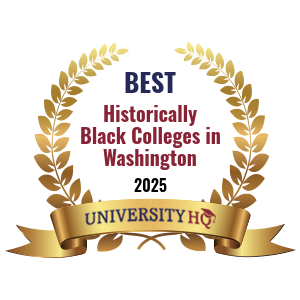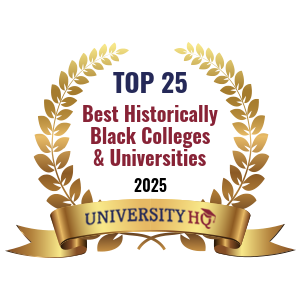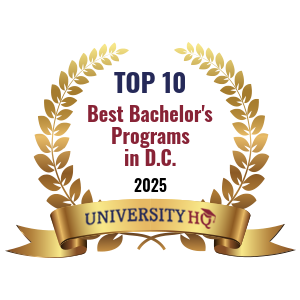University Headquarters (HQ) is an industry-leading, independent educational organization that provides independent college rankings using a proprietary formula to create first class unbiased rankings. The team at University HQ strives to provide accurate and trustworthy rankings that highlights the best programs.
Get Matched With Online Colleges
Howard University is classified as a Historically Black College or University (HBCU). Located in the District of Columbia, Howard University has a student population of around 9,400 and a student-to-faculty ratio of 10 to 1. This private, not-for-profit university is well-known in the United States and was founded in 1867.
HU awards degrees ranging from bachelors to doctoral degrees (the doctoral degrees are for research/scholarship and professional practice). It also awards master’s degrees and certificates ranging from two to less than four years’ duration, including postbaccalaureate and post-master’s certificates.
Search All Programs
Overview of Howard University
Howard offers campus housing, which will put you near the middle of campus if you choose to attend. D.C. is a large city, with streets and roads that loop in and around each other, making traffic a real issue for those who are thinking about living off campus. In addition, rents are high, so it’s more economically feasible to live on campus, not to mention that you’ll be closer to events and friends that you make during your tie at school this way. Learning your way around campus won’t be difficult; the campus is laid out in a grid pattern, so you’ll easily be able to find buildings and streets.
Living in the District of Columbia, you’ll be able to visit and tour buildings that house our government: the National Archives, Capitol Building, Washington Monument, the Lincoln Memorial, and many other places of interest.
General Information
| School Type | Private not-for-profit |
|---|---|
| Campus Setting | City: Large |
| Campus Housing | Yes |
| Student Faculty Ratio | 10:1 |
| Graduation Rate | 65% |
| Year Founded | 1867 |
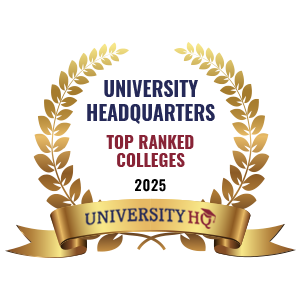
Student Enrollment
Total Students9,399
6,526
2,873
Undergraduate Student
Male 1,893
Female 4,633
Graduate Student
Male 833
Female 2,040
Explore Map
Top Rankings For Howard University
Admissions
APPLICATIONS21,006
ACCEPTANCE7,562
Acceptance Rate36%
Enrollment 1,891
| Admissions | |
|---|---|
| Application Fee | $45 |
| High School GPA | Required |
| High School Rank | Considered But Not Required |
| High School Transcripts | Required |
| College Prep Courses | Required |
| Recommendations | Required |
| Formal demonstration of competencies | Recommended |
| SAT/ACT | Required |
| TOEFL (Test of English as a Foreign Language) | Required |
| Application Deadline | February 15 |
| Common Application Accepted | Yes |
Tuition Cost & Financial Aid
Howard University, as with other universities, may roll all costs and charges into one total, called the sticker price, that it provides to prospective students. For the 2019-2020 school year, this was $45,971. This includes tuition, books, supplies, room, board, and other charges and fees. However, with the variety of options for financial aid, you may not need to cover all these charges each year.
The cost that remains for the student after financial aid is applied is called the average net price, which as of the 2018-2019 year, was $21,428. Since eligibility for financial aid is at least partially decided by family income, it is also tracked that way. This net price by income beaks down the cost into a variety of levels. Here are just a couple. Families earning between $30,001 and $48,000 paid around $39,858. Families earning more than $110,001 paid around $44,624. As you can see, financial aid can make a real difference.
Beginning students qualified for financial aid at a rate of 99% at HU in recent years. Slightly fewer (98%) received grants or scholarships averaging $23,223 and the same percentage received institutional grants and scholarships averaging $20,632.
| Average net price | 2018-2019 |
|---|---|
| Net Price | $21,428 |
| Average Total Aid | $23,223 |
| Students Receiving Financial Aid | 99% |
| Room & Board | $14,365 |
Sticker Price
- Tuition In-State - $27,206
- Tuition Out-of-State - $27,206
- Books and Supplies - $1,900
- Room & Board - $14,365
- Other - $2,500
Academics
If you’re considering attending Howard University, you need to be aware of three statistics that are important. First, the retention rate measures the percentage of first-time students who return to the campus for their second year of school. At HU, this is 86%.
Then there are the 4-year and 6-year graduation rates, with the 4-year rate being 52% and the 6-year rate being 65%. These may seem a bit low, but these rates ignore transfers who may go on to graduate at another institution, and 65% is on par with many other public universities.
If you need to change one or more classes due to a time conflict, you may be able to get into an online section of the class in order to add flexibility to your schedule. HE does not offer evening classes, but it’s good to know there are some options.
Perhaps you’re going into school with a major already in mind, or maybe you have no idea what you want to do. Here are the top programs offered by the school: communication, journalism and related programs; business, management, marketing and related support services; social sciences; biological and biomedical sciences; and parks, recreation, leisure, fitness and kinesiology.
Retention
Rate
4 year
Graduation
Rate
6 year
Graduation
Rate
Student Population Total
Student Population 9,399
6,526
2,873
Most Popular Programs & Majors
(# of Diplomas Awarded by Subject)
| Communication, Journalism, and Related Programs | 199 Total Graduates / 15% |
|---|---|
| Communication, Journalism, and Related Programs, Other | 100 Graduates |
| Public Relations, Advertising, and Applied Communication | 96 Graduates |
| Journalism | 2 Graduates |
| Radio and Television | 1 Graduates |
| All Business Majors | 190 Total Graduates / 14% |
| Marketing, Other | 41 Graduates |
| Management Information Systems, General | 40 Graduates |
| Logistics, Materials, and Supply Chain Management | 27 Graduates |
| Finance, General | 26 Graduates |
| All Social Sciences Majors | 170 Total Graduates / 13% |
| Political Science and Government, General | 106 Graduates |
| Economics, General | 38 Graduates |
| Sociology | 26 Graduates |
| All Biological & Biomedical Majors | 160 Total Graduates / 12% |
| Biology/Biological Sciences, General | 160 Graduates |
| Parks, Recreation, Leisure, and Fitness Studies | 103 Total Graduates / 8% |
| Health and Physical Education/Fitness, General | 74 Graduates |
| Parks, Recreation, Leisure, and Fitness Studies, Other | 18 Graduates |
| Health and Physical Education/Fitness, Other | 11 Graduates |
| All Other Diplomas | 39% |
Outcome & Salary
Students attending school may want to have the college experience, but they also want to graduate and earn a good living. While there’s no way to look into the future and see what your career will be like after you graduate, we can look at how previous graduates have done in order to get a feel for how effectual your degree will be from a certain school. Graduates from Howard University earn early career salaries averaging $59,000 and their mid-career salaries are closer to $108,900.
The average 4-year cost of education is $85,712, which can help us find some more illuminating statistics. Graduate’s 10-year salary earning potential is $733,630 and their 20-year earning potential is $1,822,630. If you subtract the cost of education from these two figures, you’ll find the return on investment (ROI). Their 10-year projected ROI is $647,918 and their 20-year projected ROI is $1,736,918.
High school graduates may decide to go straight to a job. Their national average salary is $38,792. Their 10-year projected income is $387,920 and their 20-year projected income, $775,840.
| Graduates Salary | |
|---|---|
| College Grads Early Career Salary | $59,000 |
| College Grads Average Salary | $73,363 |
| College Grads Mid Career Salary | $108,900 |
| Return on Investment (ROI) | |
|---|---|
| 10 Year Salary Earnings Potential | $733,630 |
| 20 Year Salary Earnings Potential | $1,822,630 |
| Cost of Education (Net Price) 4 Year | $85,712 |
| 10 Year Projected ROI | $647,918 |
| 20 Year Projected ROI | $1,736,918 |
| No College Education Salary Comparison | |
|---|---|
| National Average Salary | $38,792 |
| 10 Year Projected Income | $387,920 |
| 20 Year Projected Income | $775,840 |
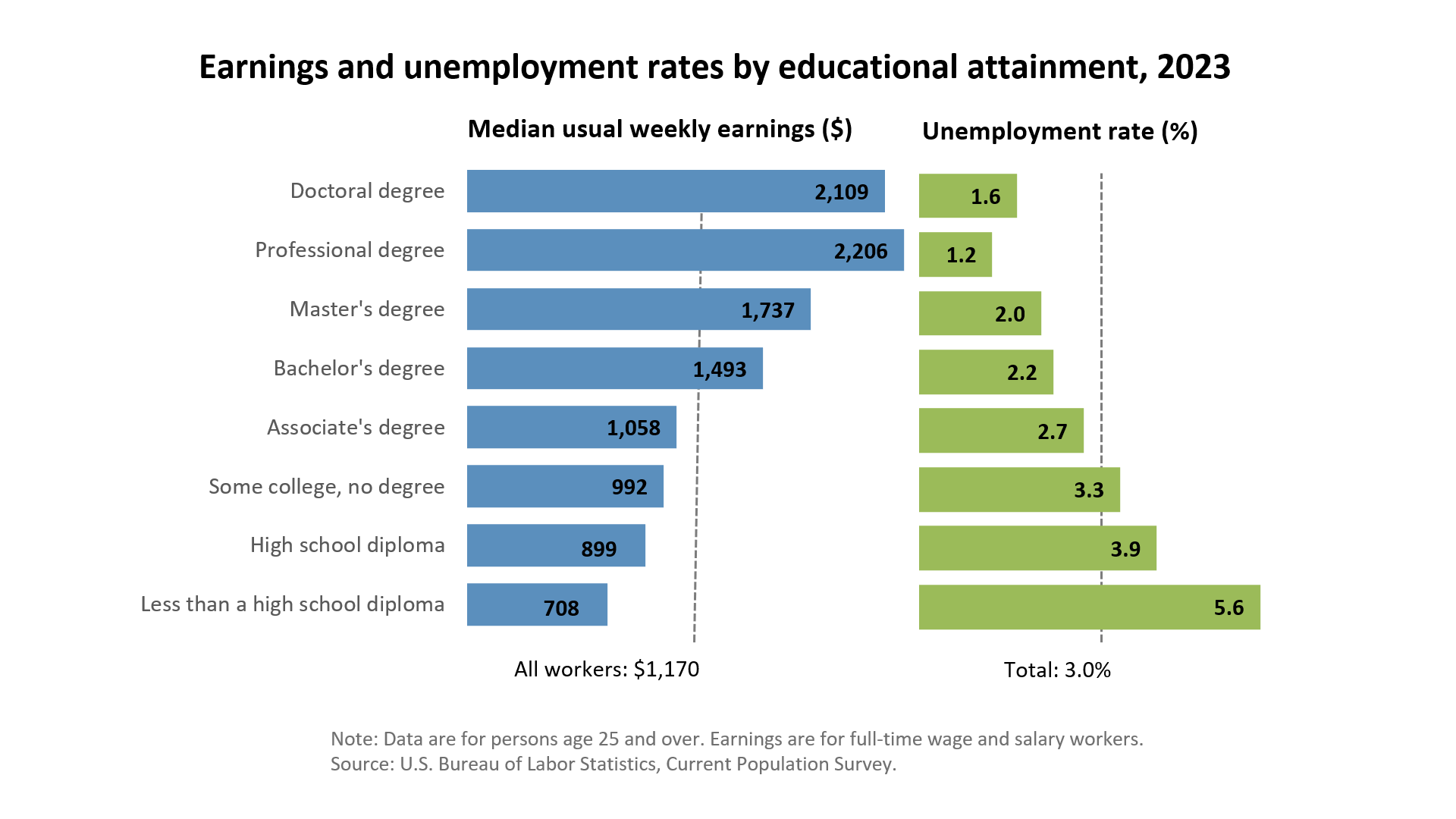
Photos & Videos
sources:
Related Top College Resources

